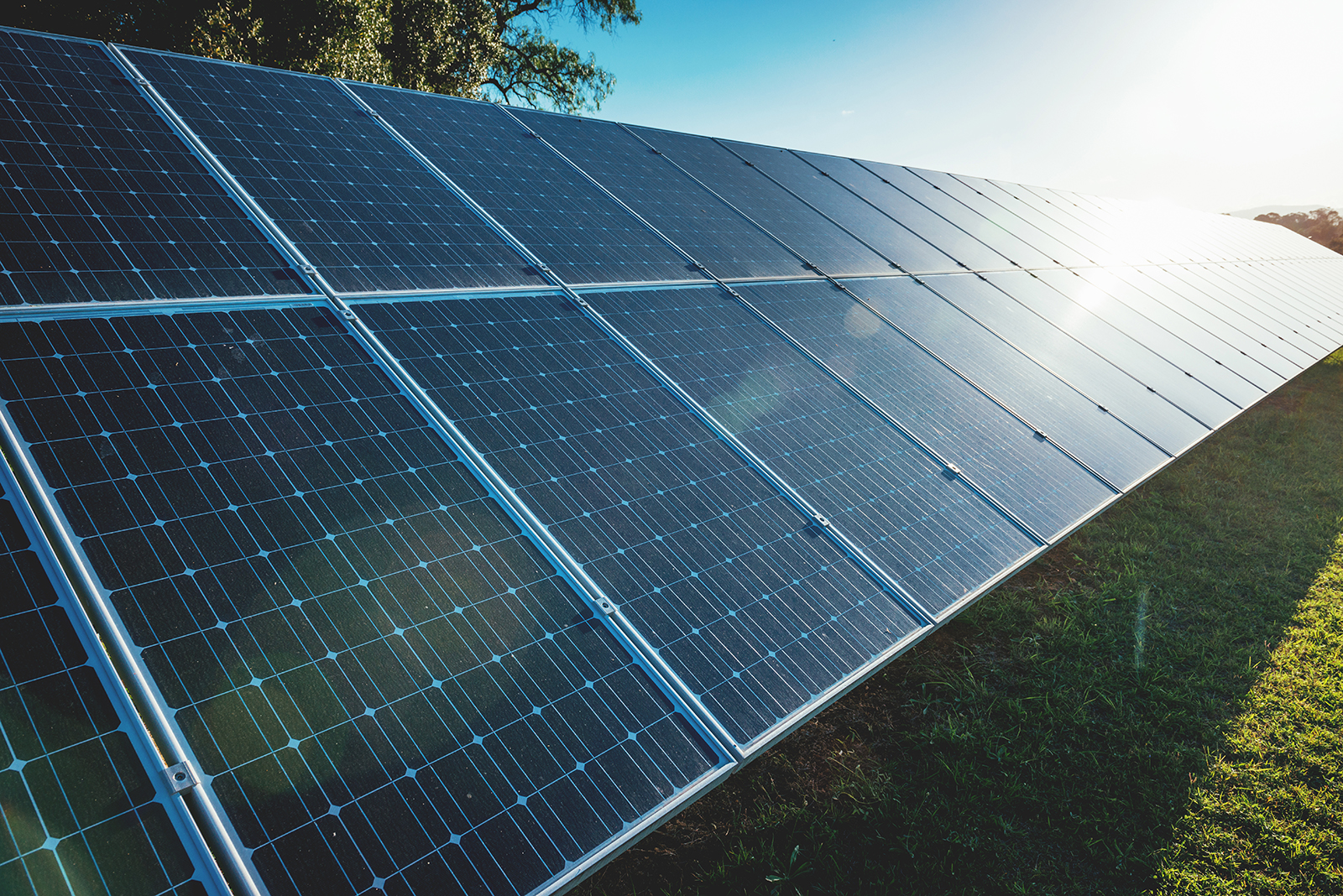Innovation and continued advances in solar technology are one
of the principal drivers of change within our power system and now a team of researchers
at The
Australian National University (ANU) set a new record for the conversion of
sunlight into energy last week, setting up a bright future for solar energy
technology.
The ANU team, based in Canberra, works on developing ‘tandem
solar cells’, which involves stacking a perovskite solar cell (a new type of
solar cell which uses organic and inorganic materials in a purpose built
structure that enhances light absorption) on top of a silicon cell (which are
made from only inorganic materials and can only absorb red light) to generate twice
as much energy out of sunlight.
The researchers have set a new efficiency record of 27.7% for
mechanically-stacked perovskite-silicon tandem cells – meaning 27.7% of
sunlight is converted into energy. Typical rooftop solar installed at the
moment have an efficient of approximately 20%.
Professor
Kylie Catchpole of the ANU team advised in a media release that this percentage
would only need to increase slightly, to approximately 30%, before the
technology could be rolled out around the world.
“Silicon solar cells currently dominate the market, however
the efficiency of silicon solar cells is going to reach the limit in the next
five to ten years. This result demonstrates the potential of tandem solar cells,”
said Professor Catchpole. “They can make better use of certain parts of the
solar spectrum – for example high energy blue photons. This will lead to more
efficient and more cost effective solar cells and solar energy sources.”
She also highlighted that higher efficiency means each
section of a solar panel is producing more power, “The coverage area of solar
panels is the main contributor of the cost. So, if successfully commercialised,
this technology could lead to a significant reduction in the cost of solar
electricity, as well as lower energy bills.”
The ANU team is now focusing on achieving an even higher
efficiency, as well on further improving the stability of the new solar cells.
The team’s work has been financially supported by ARENA
through the Australian Centre for Advanced Photovoltaics (ACAP). The centre, comprising
the Australian partners of the Australia-US Institute for Advanced Photovoltaics
(AUSIAPV), is developing the next generations of photovoltaic technology,
providing a pipeline of opportunities for performance increase and cost
reduction.
This ANU research and the new record is expected to herald a
new surge in solar technology innovation throughout the state of Victoria and
beyond.
Solar power, as the majority of new generation and capacity
entering the domestic energy market, will continue to play a significant role
in the National Electricity Market (NEM) from both a consumer and commercial
perspective, as per our 2019
Electricity Statement of Opportunity (ESOO).
To highlight the changes occurring within the power system, especially
with the influx of rooftop solar PV, AEMO’s Draft 2020 ISP
identifies that rooftop solar capacity is expected to double or even triple,
providing up to 22% of total energy by 2040.
For all the latest news, insights and analysis from
the Australian energy industry subscribe to our fortnightly
newsletter and download the Energy Live app on Apple or Android.







